How to Create a Wildflower Meadow in a Small Yard
Transforming a small yard into a vibrant wildflower meadow is an exciting journey that not only enhances the beauty of your outdoor space but also contributes to biodiversity. By following the right steps, you can create a mini oasis teeming with colorful blooms and buzzing with life. Let's explore how you can turn your small yard into a thriving wildflower meadow that will be a delight for both you and nature.
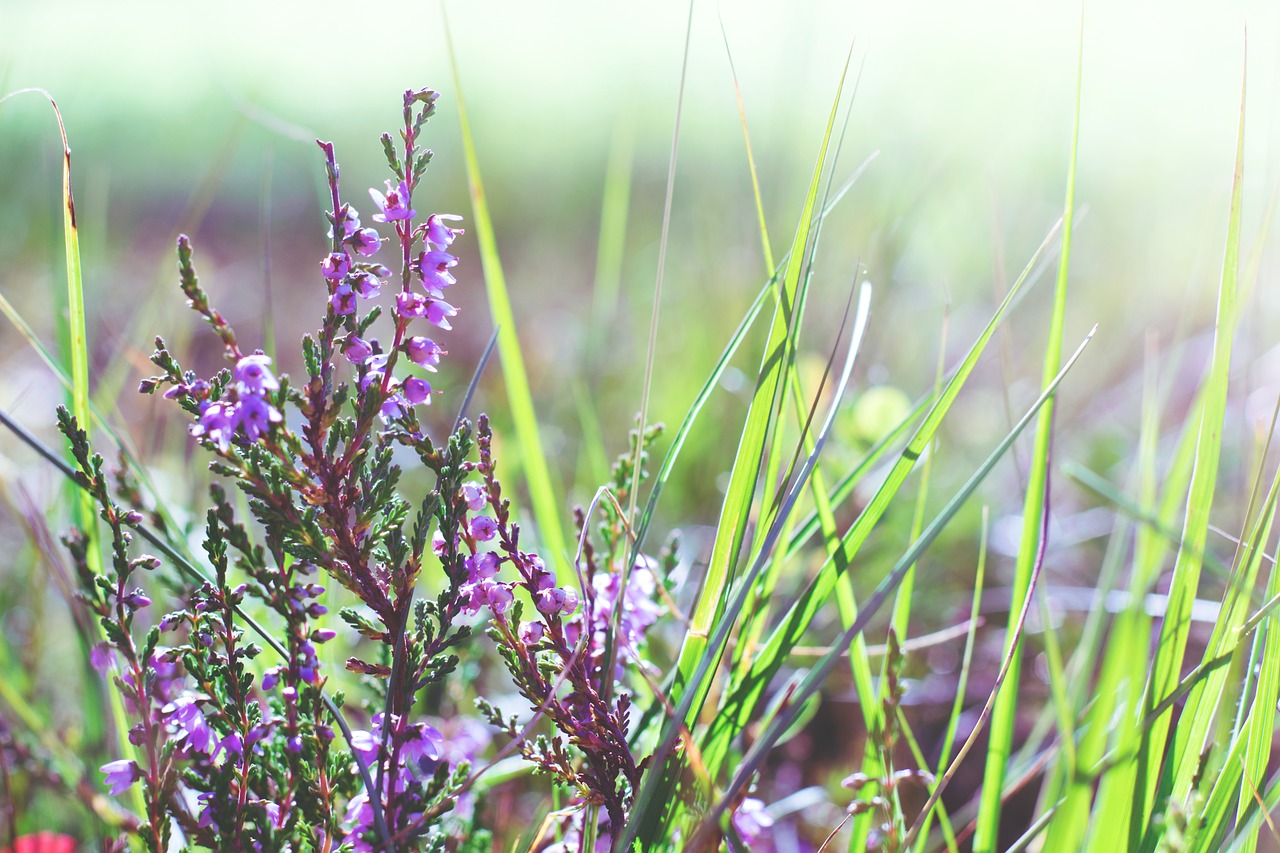
Choosing the Right Location
This article provides step-by-step guidance on transforming a small yard into a vibrant wildflower meadow, enhancing biodiversity and beauty. Discover tips on site selection, soil preparation, seed selection, planting techniques, maintenance, and enjoying your mini meadow.
Selecting a suitable spot for your wildflower meadow is crucial for its success. Consider factors like sunlight exposure, soil drainage, and accessibility to ensure optimal growth conditions for your wildflowers.
When choosing the right location for your wildflower meadow, think about the amount of sunlight the area receives. Wildflowers thrive in sunny spots, so aim for a location that gets at least 6-8 hours of direct sunlight per day. This will help your meadow flourish and bloom beautifully.
Additionally, pay attention to the soil drainage in the area. Wildflowers prefer well-drained soil to prevent waterlogging, which can be detrimental to their growth. Avoid areas with poor drainage or standing water, as this can lead to root rot and other issues.
Accessibility is another important factor to consider when selecting the location for your wildflower meadow. Choose a spot that is easily accessible for maintenance tasks such as watering, weeding, and monitoring plant health. Having a convenient location will make it easier for you to care for your mini meadow.
By carefully assessing sunlight exposure, soil drainage, and accessibility, you can choose the right location for your wildflower meadow and set the stage for a flourishing and vibrant garden space.
Stay tuned for the answers to some common questions about creating and maintaining a wildflower meadow in a small yard.
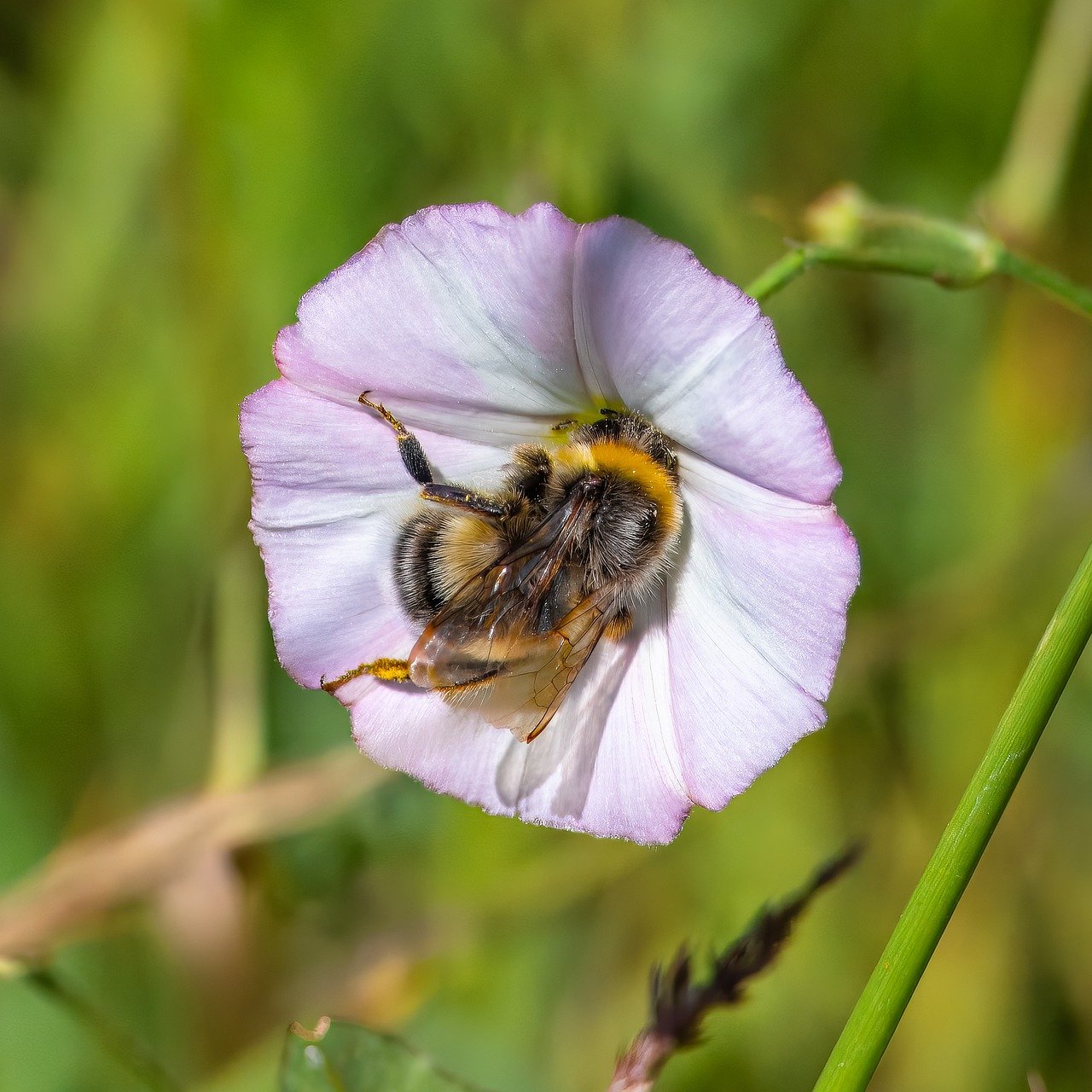
Preparing the Soil
Preparing the soil is a critical step in establishing a thriving wildflower meadow in your small yard. Before you start sowing seeds, it's essential to ensure that the soil is well-prepared to provide the necessary nutrients and support for your wildflowers to flourish.
One of the first steps in preparing the soil is conducting a soil test to assess its pH level and nutrient content. This will help you determine if any amendments are needed to optimize the soil conditions for wildflower growth. You can easily perform a soil test using a kit available at garden centers or through your local agricultural extension office.
Clearing existing vegetation from the designated area is another crucial aspect of soil preparation. Removing grass, weeds, and debris will prevent competition for resources and space, allowing your wildflowers to establish themselves more effectively. Consider using a sod cutter or manually removing vegetation to create a clean slate for your meadow.
Improving soil fertility is essential for supporting healthy plant growth. Adding organic matter such as compost or well-rotted manure can enhance the soil structure, increase nutrient levels, and promote microbial activity beneficial to wildflowers. Incorporating these amendments into the soil before planting will provide a nutrient-rich environment for your seeds to germinate and thrive.
Creating a suitable seedbed is the final step in soil preparation before planting your wildflower seeds. Loosening the soil to a depth of a few inches with a garden fork or tiller will help improve aeration and drainage, creating optimal conditions for seed germination. Raking the soil surface smooth will provide an even bed for sowing seeds and ensure good seed-to-soil contact for successful establishment.
Remember, the quality of your soil directly impacts the health and growth of your wildflower meadow. By investing time and effort in preparing the soil properly, you set the foundation for a vibrant and diverse display of wildflowers in your small yard.
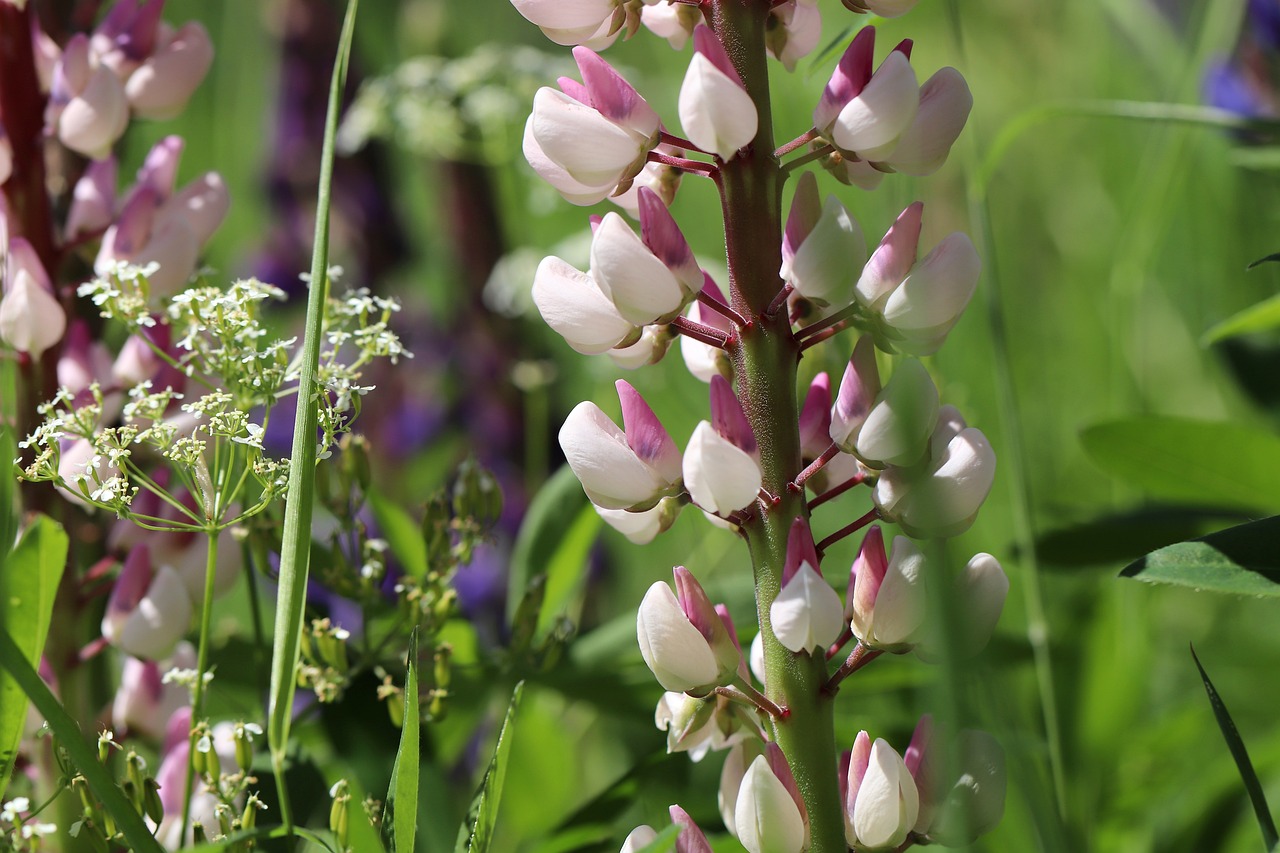
Selecting the Right Seeds
When it comes to creating a vibrant and diverse wildflower meadow in your small yard, selecting the right seeds is a crucial step in the process. The seeds you choose will determine the colors, textures, and overall biodiversity of your mini meadow. To make an informed decision, consider factors such as the local climate, soil type, sunlight exposure, and your desired aesthetic.
One approach to selecting the right seeds is to opt for a pre-made wildflower seed mix. These mixes are carefully curated to include a variety of species that complement each other in terms of blooming times, heights, and colors. They are convenient for beginners and ensure a harmonious and balanced meadow.
Alternatively, you can choose to create your own custom seed mix by selecting individual wildflower species. This allows you to tailor the meadow to your specific preferences, whether you want to attract certain pollinators, emphasize native plants, or achieve a particular color scheme. Researching the characteristics and growing requirements of each species is essential for successful seed selection.
Consider the benefits of including native wildflowers in your seed mix. Native plants are well-adapted to the local environment, making them more resilient and requiring less maintenance. They also play a crucial role in supporting local wildlife, including pollinators like bees and butterflies. By incorporating native species, you can create a mini ecosystem that contributes to the overall biodiversity of your yard.
Remember to check the seed packet labels for information on planting times, spacing requirements, and any special instructions for germination. Some seeds may require stratification or scarification before planting to improve germination rates. Following these guidelines will help you sow the seeds effectively and give your wildflower meadow the best chance to thrive.
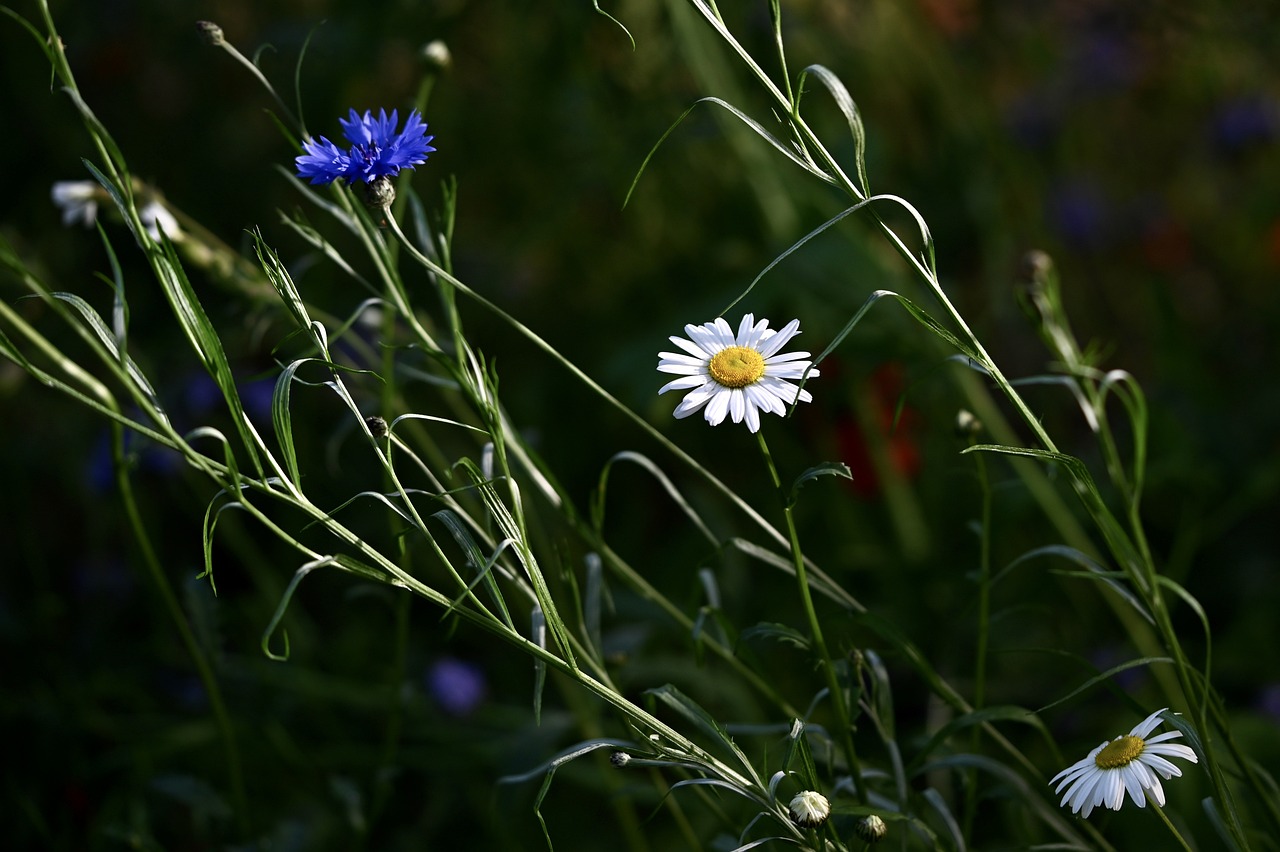
Planting Techniques
When it comes to planting techniques for your wildflower meadow in a small yard, there are several methods you can employ to ensure successful growth and a beautiful display of flowers. One common technique is hand broadcasting, which involves scattering the seeds by hand across the designated area. This method allows for a more natural distribution of seeds and is suitable for smaller spaces.
If you have a larger area to cover, using a seed spreader can help you evenly distribute the seeds and cover a larger area more efficiently. Seed spreaders come in various types, from handheld to push spreaders, allowing you to choose the most suitable option for your yard size and personal preference.
Once the seeds are scattered, it's essential to cover them appropriately to protect them from birds and ensure good soil contact for germination. You can lightly rake the soil to cover the seeds or gently press them into the soil using a roller to secure them in place.
Another planting technique to consider is creating seed mixtures that include a variety of wildflower species. This approach can result in a more diverse and visually appealing meadow, attracting a wider range of pollinators and wildlife to your small yard.
Remember to water the newly planted seeds gently to avoid disturbing them and keep the soil moist for optimal germination. With proper care and attention to planting techniques, you can establish a thriving wildflower meadow that will bring beauty and biodiversity to your outdoor space.
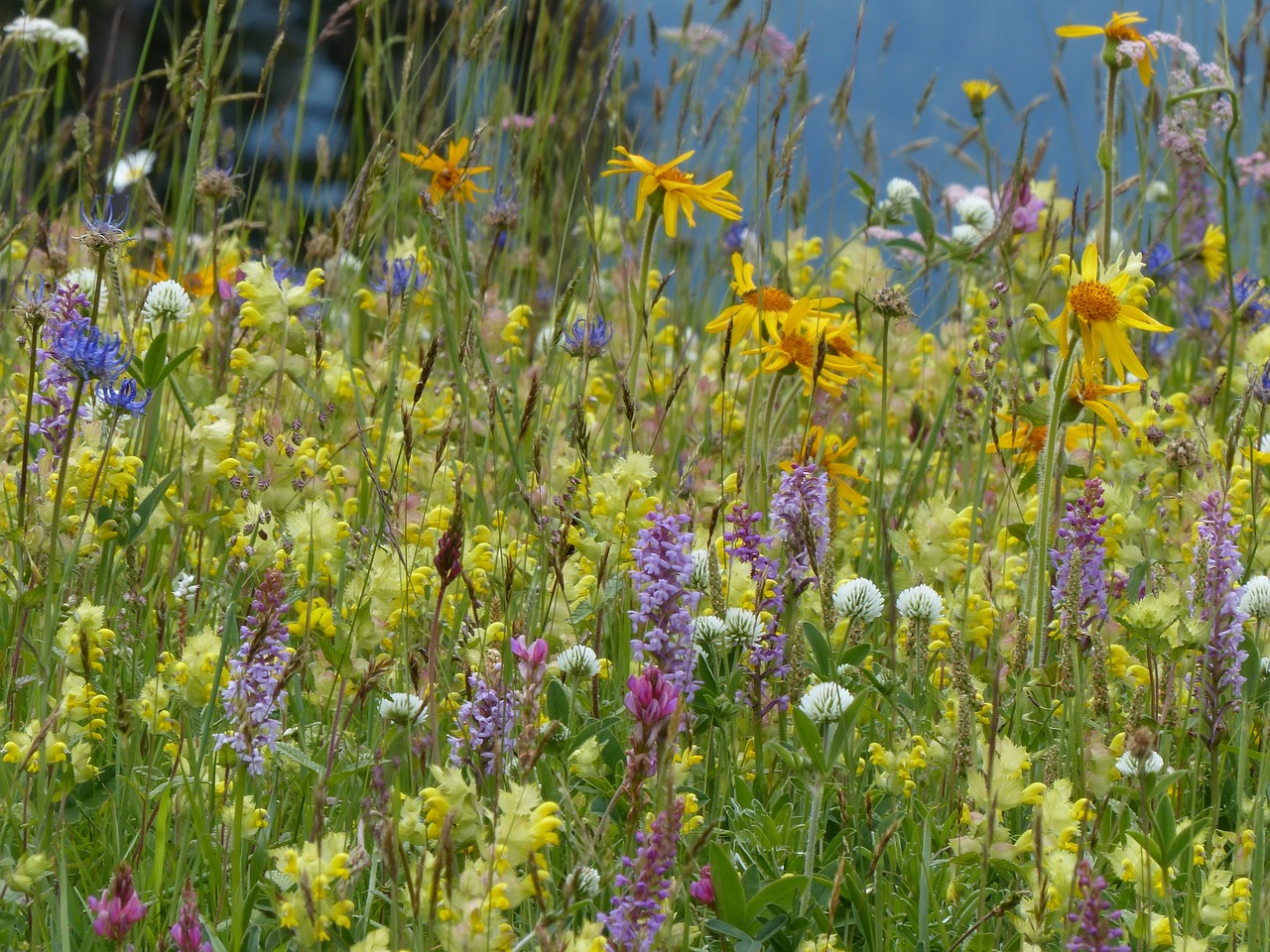
Maintenance Practices
Maintenance is a crucial aspect of ensuring the longevity and vibrancy of your wildflower meadow. By implementing proper maintenance practices, you can support the health of the ecosystem you have created in your small yard. Regular watering is essential, especially during dry spells, to keep the wildflowers hydrated and thriving. Additionally, weeding is necessary to prevent invasive species from taking over and competing with your native wildflowers for resources. Consider hand weeding or using eco-friendly weed control methods to preserve the biodiversity of your mini meadow.
Another essential maintenance practice is mowing, which helps control the height of the vegetation and promotes the growth of diverse plant species. By mowing at the right time and to the appropriate height, you can encourage a variety of wildflowers to flourish and prevent dominant species from outcompeting others. It's important to strike a balance between maintaining the meadow's aesthetic appeal and allowing nature to thrive in its own way.
Addressing common challenges, such as pests or diseases that may affect your wildflowers, is also part of effective maintenance. Keep an eye out for any signs of damage or infestation and take prompt action to mitigate the issue. Consider natural pest control methods to minimize the use of chemicals and maintain a healthy environment for both plants and wildlife in your mini meadow.
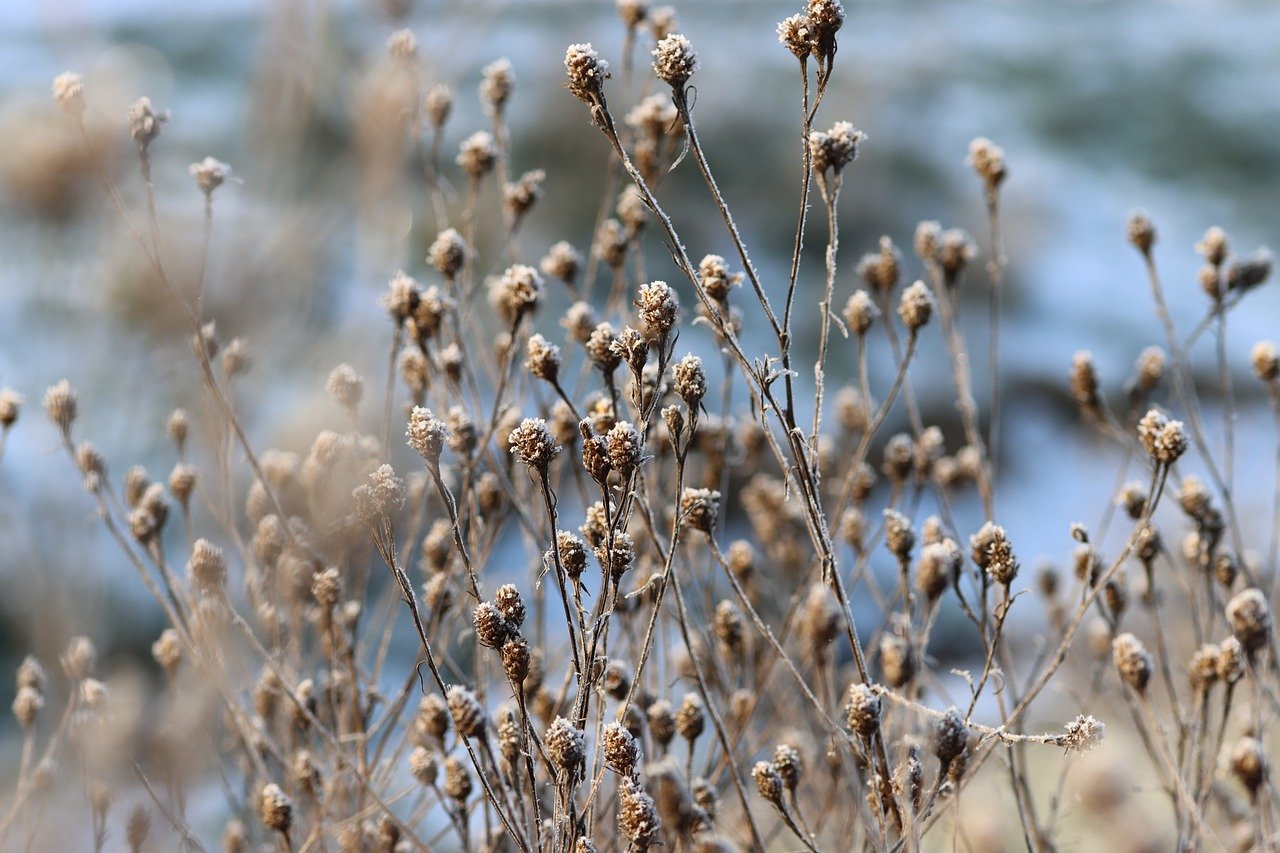
Encouraging Biodiversity
Encouraging biodiversity in your small yard through the creation of a wildflower meadow is not only visually appealing but also plays a crucial role in supporting various plant species, insects, birds, and other wildlife. By cultivating a diverse range of wildflowers, you can create a balanced ecosystem that contributes to the overall health of the environment.
One way to encourage biodiversity in your mini meadow is by selecting a variety of wildflower species that bloom at different times throughout the year. This staggered blooming period provides a continuous food source for pollinators such as bees and butterflies, ensuring their presence in your garden throughout the seasons.
Additionally, incorporating native wildflowers into your meadow can attract a wide range of wildlife that are adapted to these plant species. Native plants provide food and habitat for local insects, birds, and small mammals, contributing to the overall biodiversity of your yard.
Creating microhabitats within your wildflower meadow can further enhance biodiversity. By leaving small patches of taller vegetation or incorporating rocks and logs, you can provide shelter for a variety of insects and small animals, creating a more dynamic and resilient ecosystem.
Water sources such as birdbaths or small ponds can also attract a diverse array of wildlife to your mini meadow. Birds, amphibians, and beneficial insects will be drawn to these water features, enriching the biodiversity of your garden and creating a thriving ecosystem.
By promoting biodiversity in your small yard through the establishment of a wildflower meadow, you not only create a beautiful and vibrant outdoor space but also contribute to the conservation of local wildlife populations. Embrace the diversity of nature in your own backyard and reap the rewards of a flourishing mini oasis.
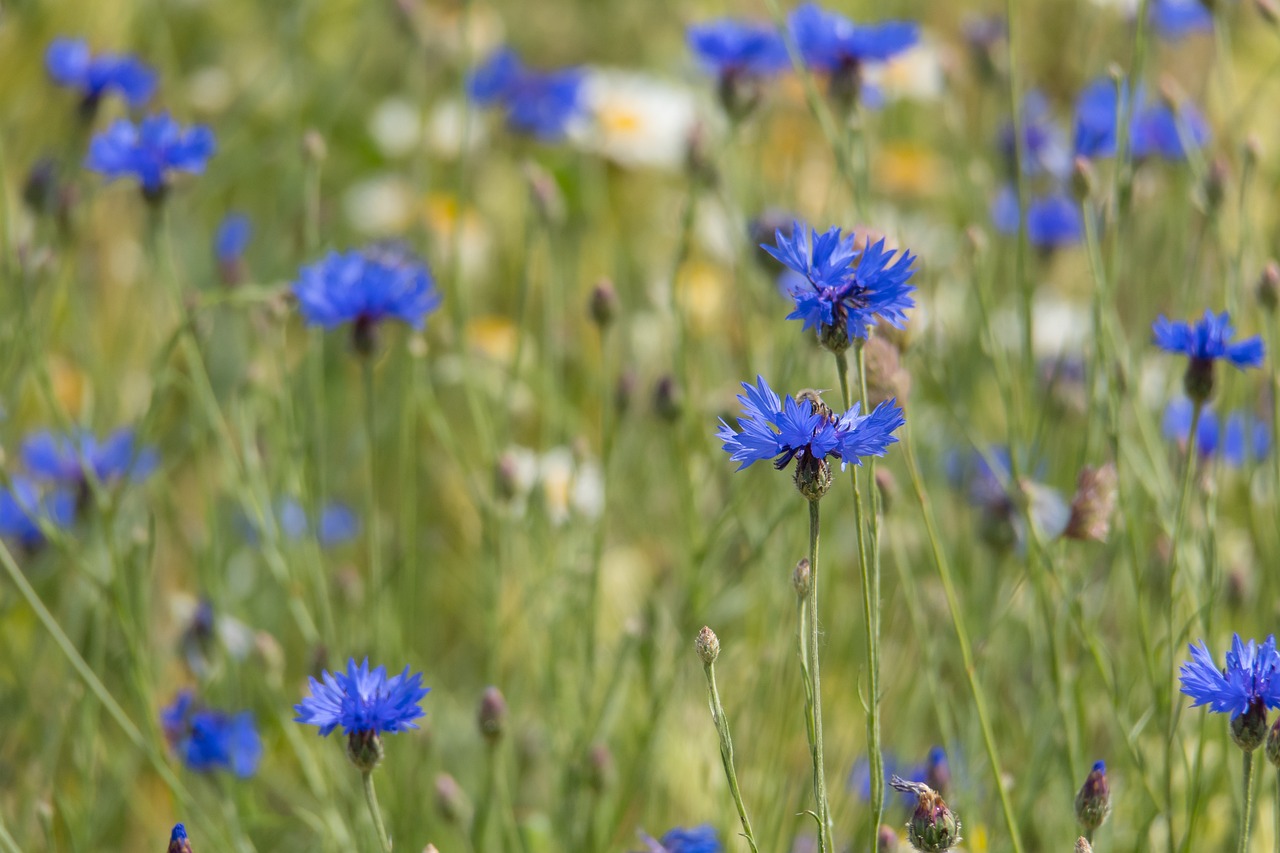
Enjoying Your Mini Meadow
After all the hard work you've put into creating your wildflower meadow in a small yard, it's time to sit back, relax, and enjoy the beauty of your mini oasis. Picture yourself surrounded by a sea of colorful blooms, buzzing with life and vitality. Your mini meadow is not just a garden; it's a sanctuary, a haven where you can escape the hustle and bustle of daily life.
Imagine spending a quiet afternoon in your outdoor retreat, listening to the gentle hum of bees and the melodious chirping of birds. Watch as butterflies gracefully dance from flower to flower, adding a touch of magic to your mini meadow. Take a moment to breathe in the fragrant scent of wildflowers and feel a sense of peace wash over you.
Invite friends and family to share in the joy of your wildflower meadow. Host a picnic or a gathering in your green haven, surrounded by the beauty of nature. Let your loved ones experience the tranquility and serenity that your mini meadow provides, creating memories that will last a lifetime.
Set up a cozy seating area in your small yard, where you can read a book, sip a cup of tea, or simply bask in the beauty of your blooming meadow. Create a space for contemplation and reflection, where you can connect with nature and find solace in its peaceful embrace.
As the seasons change, so does the landscape of your wildflower meadow. Embrace each transformation, from the vibrant blooms of spring to the golden hues of autumn. Witness the cycle of life unfold before your eyes, reminding you of the beauty and resilience of nature.
Take the time to observe the wildlife that your mini meadow attracts. From bees and butterflies to birds and small mammals, your garden becomes a thriving ecosystem teeming with life. Appreciate the role your wildflower meadow plays in supporting biodiversity and conservation efforts.
Ultimately, enjoying your mini meadow is about appreciating the simple pleasures that nature provides. Whether it's the sight of a delicate flower blooming or the gentle rustle of grass in the wind, find joy in the little moments that make your wildflower meadow truly special.
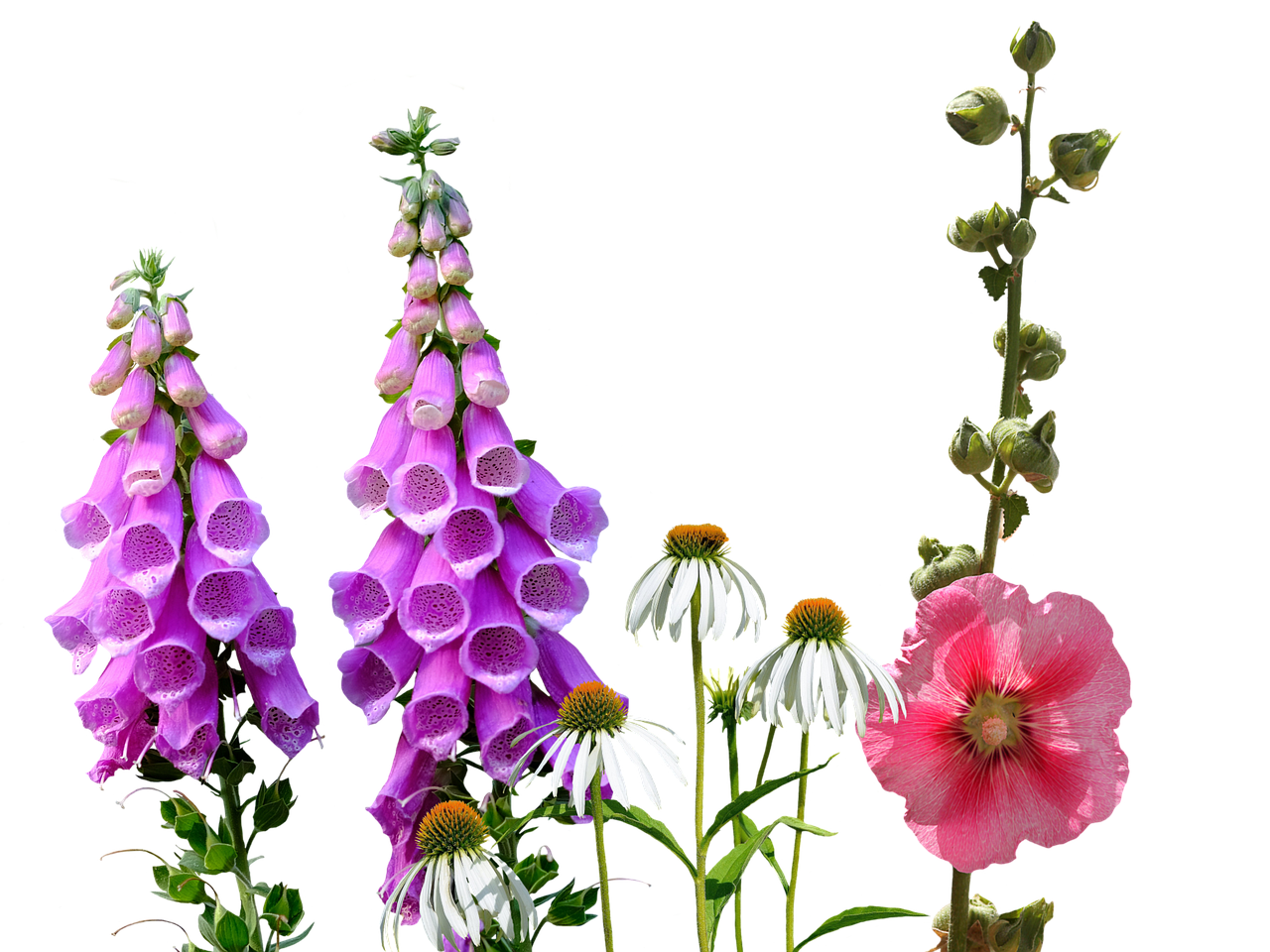
Sharing Your Experience
Sharing your experience of creating a wildflower meadow in a small yard can inspire others to embark on a similar journey towards enhancing biodiversity and beauty in their outdoor spaces. By sharing your knowledge and passion for wildflowers, you can spark interest and encourage more individuals to embrace eco-friendly gardening practices.
One effective way to share your experience is through social media platforms. Posting photos and updates about your wildflower meadow project can captivate a wide audience and showcase the transformation process from a conventional yard to a vibrant mini meadow. You can use hashtags related to gardening, biodiversity, and sustainability to reach like-minded individuals and communities.
Additionally, consider organizing community events or workshops to share your insights and practical tips for creating a wildflower meadow. Hosting a hands-on planting session or giving a guided tour of your mini meadow can engage participants and provide them with valuable knowledge on seed selection, planting techniques, and maintenance practices.
Collaborating with local schools or environmental organizations can also be a great way to share your experience and promote the benefits of wildflower meadows. By offering educational sessions or volunteering to create meadows in public spaces, you can contribute to conservation efforts and inspire a new generation of eco-conscious gardeners.
Frequently Asked Questions
- Can I create a wildflower meadow in a small yard?
Yes, you can definitely create a vibrant wildflower meadow in a small yard. By following the step-by-step guidance provided in this article, you can transform your limited outdoor space into a beautiful and biodiverse mini meadow.
- How do I choose the right location for my wildflower meadow?
Choosing the right location is crucial for the success of your wildflower meadow. Factors such as sunlight exposure, soil drainage, and accessibility should be considered to ensure optimal growth conditions for your wildflowers.
- What are the essential maintenance practices for a wildflower meadow?
Maintaining your wildflower meadow is essential for its long-term health and beauty. Regular watering, weeding, mowing, and addressing common challenges are important practices to ensure that your mini meadow thrives throughout the seasons.
- How can I encourage biodiversity in my small yard through a wildflower meadow?
You can enhance biodiversity in your small yard by creating a wildflower meadow that supports a variety of plant species, insects, birds, and wildlife. By fostering a balanced ecosystem, you can contribute to conservation efforts and create a welcoming habitat for local wildlife.
- What is the best way to share my experience with creating a wildflower meadow?
You can inspire others to create wildflower meadows in small yards by sharing your experience and knowledge through social media, community events, or local workshops. By spreading the word about the beauty and importance of these eco-friendly garden spaces, you can encourage more people to embrace sustainable gardening practices.



















